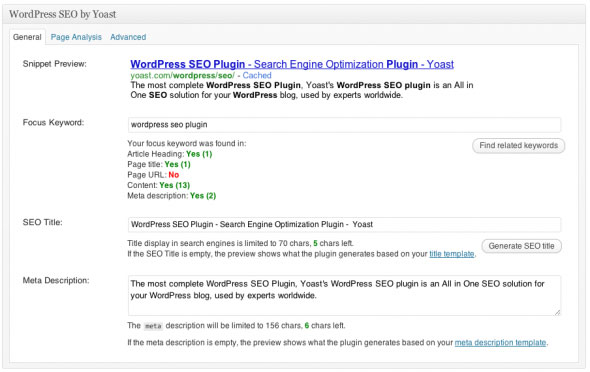Magento Courses – Magento Basics For Web Developers
Magento is the durable and pliable open-source shopping cart. It is ecommerce web application released on 31st March, 2008 and made by Varien. It is improved parts of Zend Framework. As Magento is highly effective and flexible, it has high finding out contour. If you know HTML and CSS and understand somewhat of PHP and MySQL then you can have venture course purchasing cart running in no time. Magento is readily available under the Open Software Permit version 3.0. Varien is now Magento Inc. Varien, the firm that owns Magento, formerly dealt with osCommerce. They initially planned to divide osCommerce however later on decided to rewrite it as Magento. Magento formally started development in early 2007. 7 months later the initial public beta variation was launched. On May 30, 2010 Magento mobile was released, it allows store owners to make indigenous mobile shop apps. Magento sustains setup of components via a web-based user interface obtainable via the administration location of a Magento installment. Modules are hosted on the Magento e-Commerce website as a PEAR server. Any sort of community participant could publish a component via the website and is offered as soon as validated by a participant of the Magento group. Modules are mounted by entering a module secret, available on the component web page, into the web based user interface.
Magento developers recognize with the MVC (Model View Controller) layout pattern that is everywhere throughout web structures. In the code of Magento, there are several various other parts besides the M’s the V’s and the C’s. Each module includes the Controller and Design. Within each component, there are no Views. You will locate added tidbits, such as “assistant”, “etc” and “sql”. In these components there is also the type of documents which we really often collaborate with. This short article will certainly attempt to describe simply exactly what a Block is and just how it is used. A top importance of Things Oriented Programs is the decoupling of code meanings that that code must have the least quantity of dependence on various other code as possible. Blocks are part of Magento option to keep the application loosely paired.
A quick introduction on MVC: When a web page in Magento is called, the URL says to Magento exactly what code to run. This is done using a “router” which contacts a chosen Controller to do its work. The LINK acquires “transmitted” to a certain Controller, which then mentions to Magento just what to do. The Magazine controller, for instance, accountables for informing Magento to pack a product collection and then show those products to us. The Controller mentions to Magento which design is to be made use of. This determines which modules are put into place, which in turn informs Magento what Sights to output. The information from the Models are provided the Views to be shown. In the scheme of points here, Blocks put approximately in between the Sight and the Design.
Magento has sets of modules. Modules serve as their own little bodies, each having their own M’s V’s and C’s. These modules make the different locations within a normal Magento web page; the header, header links, mini ferry, recently viewed products, static HTML blocks, footer, and more. Basically, comprised within any kind of provided web page are several components, each which call their own Sights.
On any kind of offered web page request, Magento should manage to show a particular collection of components. The probability of numerous collections of modules to be presented on any type of offered page implies a decoupling is required among the Controller, the Models/Blocks and their Sees. Blocks enable this decoupling by allowing the module to get its data from its Versions, and push out the information to the Sees which display the appropriate data. Each useful area of a page could then act separately. This way, we can determine when we would like to demonstrate to a certain useful location. We could inform it to turn up on product web pages, however not CMS pages. We can move it from the right to the left column, to the facility, to the header, to the footer, or to a defined area we produce!
Summary of a Block – A Block is an information source for Sees. It uses the websites Models, grabs the data, makes any essential modifications, and then makes that information offered to a See. The Block is where you develop product collection and apply the product collection’s methods, like including filters or purchasing the items in a certain means. That product collection is then offered to your Perspective so you can present the products on a web page.
In this write-up, we reviewed record of Magento, basic introduction of MVC, how Magento carries out MVC, modularity within Magento, decoupling of code and the Block’s area within the architecture of Magento. We concluded that a block is generally a device which permits Magento to place material things / functionality throughout the website in a modular way. Magento is a wonderful system for developers and now it’s time to hop on board.






